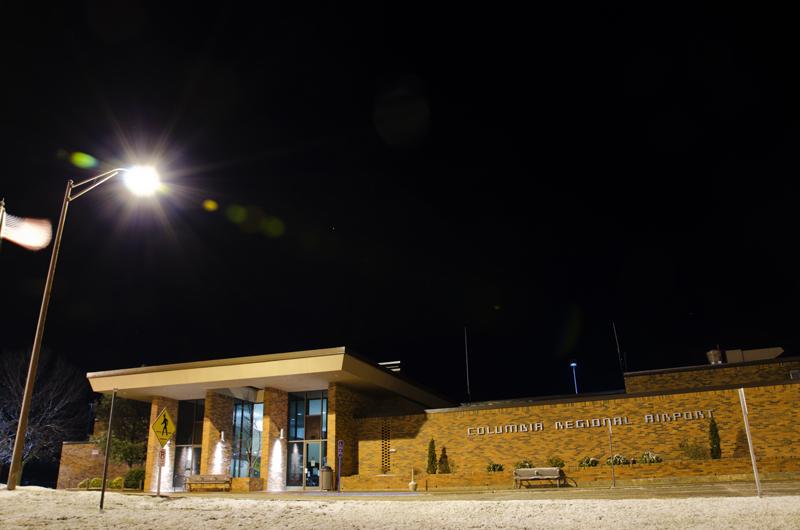The Federal Aviation Administration plans to issue a statement Friday listing which air traffic control towers will close nationwide.
The announcement was originally supposed to be made Thursday, but FAA officials decided to delay the announcement.
U.S. Congressmen Sam Graves, Blaine Leutkemeyer, Billy Long and Congresswoman Vicky Hartzler expressed concerns last week about the possible closure of 238 air traffic control towers nationwide due to federal budget sequestration, which cuts $600 million from the FAA.
Columbia Regional Airport and Jefferson City Memorial Airport were both listed as airports that could face air tower closures.
The congressmen sent a letter to Secretary of Transportation Ray LaHood and Federal Aviation Administration Administrator Michael Huerta asking for clarification on the FAA decision to apply a 75 percent cut to its Contract Tower Program.
The Missouri delegation believes the cut is “highly disproportionate to what is authorized under the sequestration and borders on reckless behavior when one considers the importance control towers play in aviation safety,” according to the letter.
Contract air traffic control towers provide traffic control services at a lower cost and have lower accident rates than similar FAA towers, according to a November 2012 report from the Department of Transportation Inspector General.
FAA and Department of Transportation officials have roughly six months to make the cuts needed to offset the sequestration and, therefore, more expansive cuts are needed.
“Finally, we have a very short time frame to make the bulk of these massive cuts — about six months. And that means the cuts would need to be deeper to have the same effect as if we could spread them out,” Huerta said in a testimony before the House Transportation and Infrastructure Committee and the Subcommittee on Aviation about FAA Reauthorization.
Nearly 20,000 airports in the U.S. operate without an air traffic control tower while approximately 500 airports have towers, according to the Aircraft Owners and Pilots Association’s Air Safety Foundation.
Skyhaven Airport in Warrensburg, Mo., currently the fourth-busiest airport in the state, operates without an air traffic control tower, said Tony Monetti, University of Central Missouri assistant dean of aviation.
“We have thousands of flights annually and we haven’t had an accident,” Monetti said. “That’s because pilots flying in and out are aware that there is no tower and have developed standard procedures of communicating with each other on the radio.”
Pilots flying to and from non-towered airports can maintain safety with two main concepts: the see-and-avoid strategy and the big sky theory. See-and-avoid refers to a method of collision avoidance of keeping vigilance during flight so as to avoid other aircrafts. The big sky theory refers to the idea that the airspace is so large that the likelihood of two planes hitting one another is relatively low, Monetti said.
Once planes are airborne, pilots receive assistance from regional controllers, Monetti said.
“I prefer to have a control tower if I’m flying because it provides an extra safety net,” Monetti said. “…I think if air towers are closed, with the right safety program and procedures in place, airports can remain safe.”
In addition to tower closures, the FAA proposal eliminates midnight shifts in more than 60 towers across the country, furloughs the vast majority of the FAA’s employees, and reduces some maintenance and equipment provisioning.








